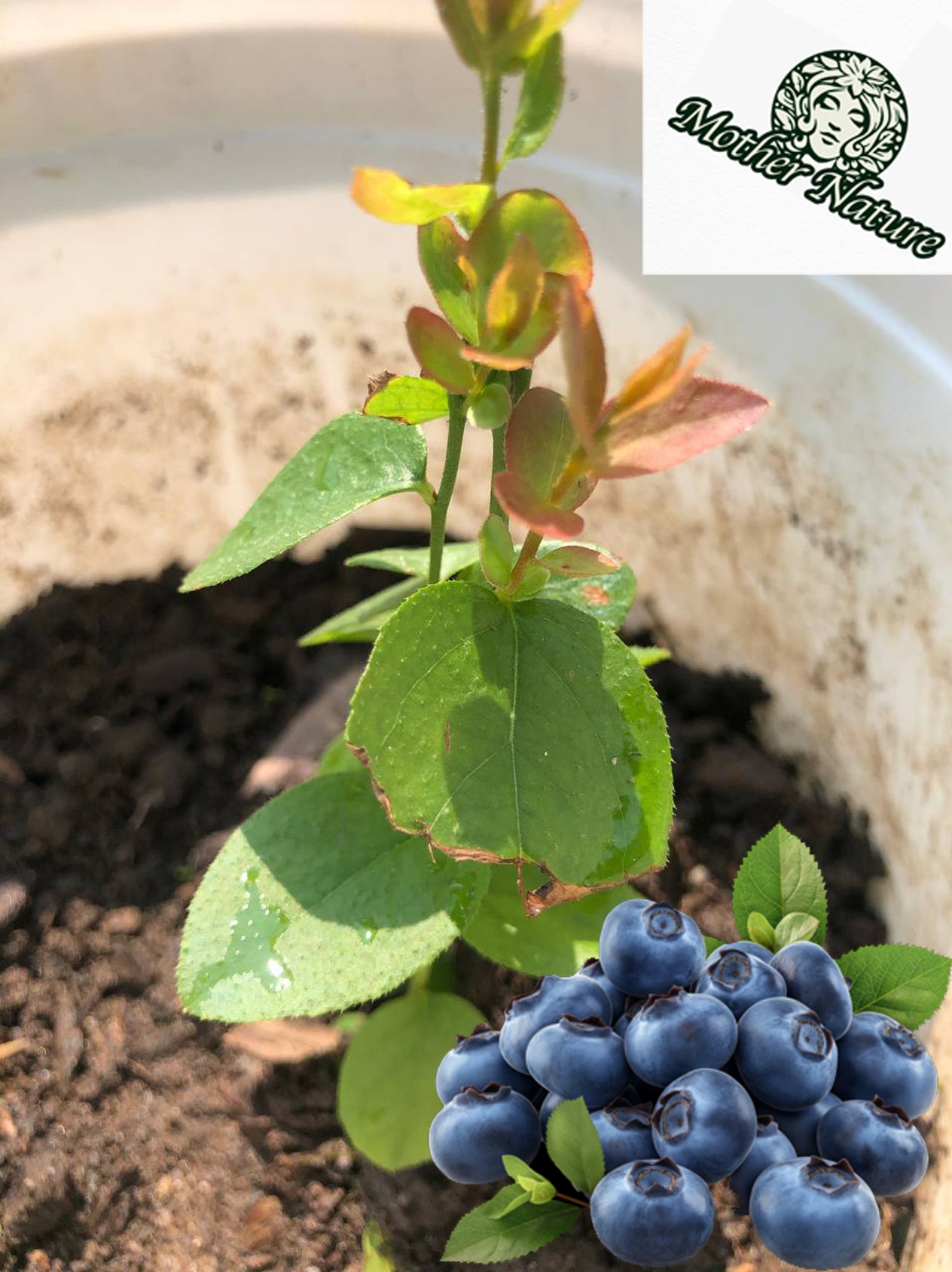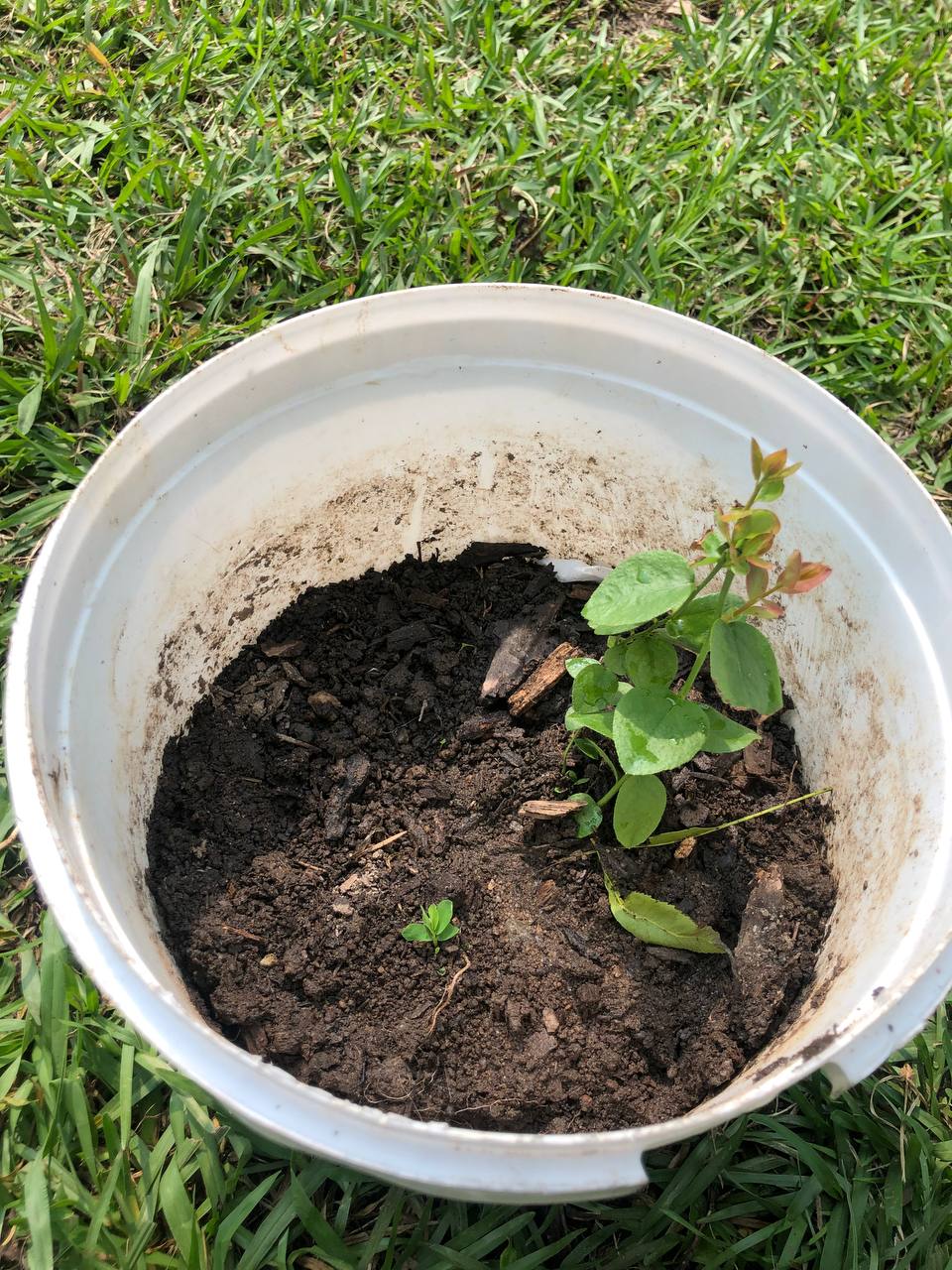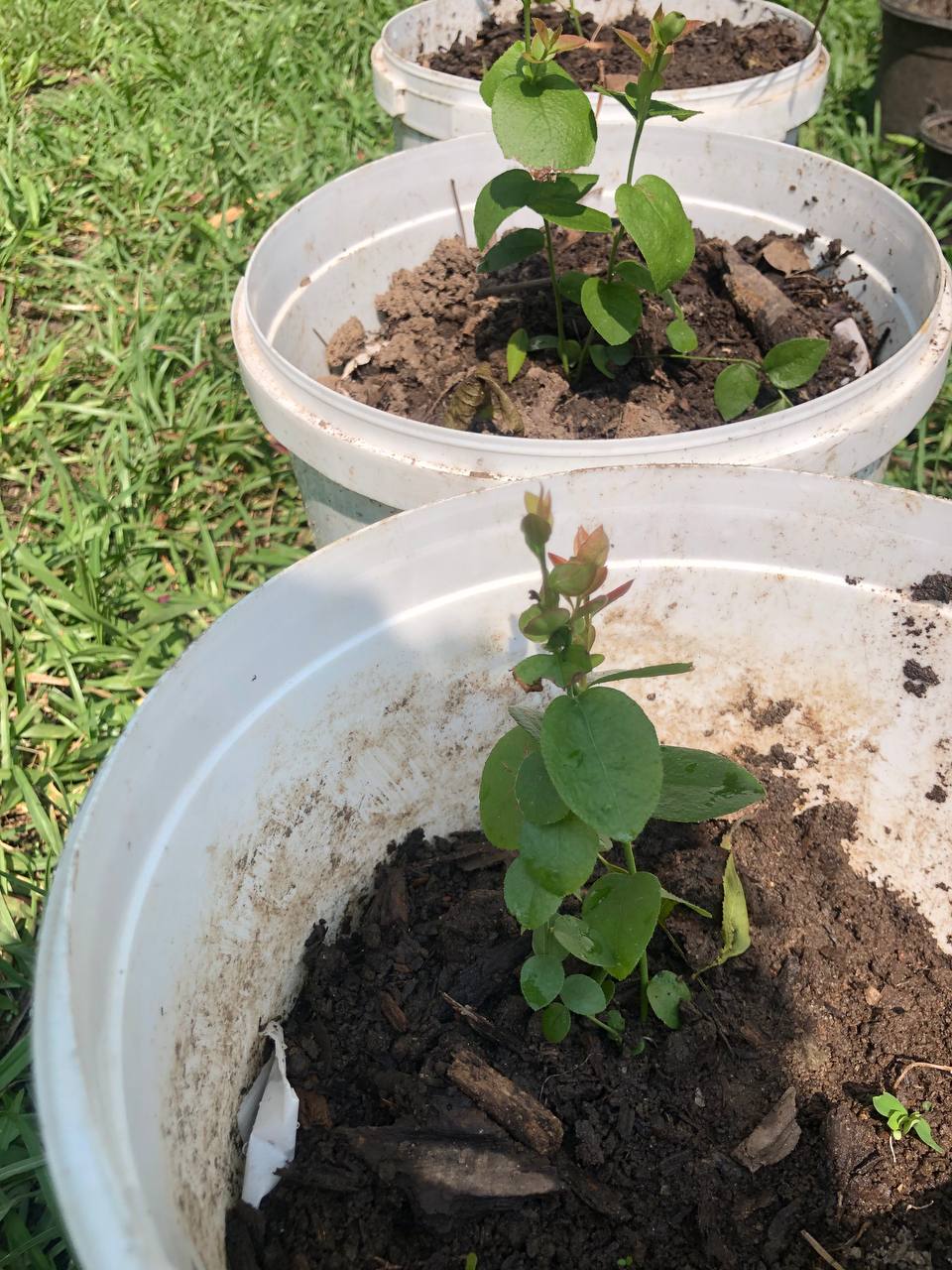Blueberry Tree | Size: 5-10 inch | Variety : Biloxi
Blueberry Tree | Size: 5-10 inch | Variety : Biloxi
Couldn't load pickup availability
"Add natural abundance to your space— trees offer generous harvests of nutrient-rich nuts, while blueberry trees bring sweet, juicy fruit and fragrant blossoms that attract pollinators and boost nearby plant health."
Free from pesticides, chemicals, and harmful material⭐
Only Natural farming methods is used to produce and process all of our produce including our blueberry trees here⭐
100% Organic Trees ❤️🌎
-
Type: Southern Highbush
-
Chill Hours: 150–200 hours (very low!)
-
Pollination: Self-fertile, but better yield with cross-pollination
✅ USDA Hardiness Zones:
-
Zones 8–10
(sometimes successful in 7b with care, but not ideal)
🌡️ Temperature Tolerance:
-
Heat-tolerant: Performs well in hot climates
-
Cold sensitivity:
-
Can tolerate short dips to 20–25°F (-6 to -4°C)
-
Extended freezes below 20°F (-6°C) can damage the plant
-
-
Requires mild winters and warm springs for optimal fruiting
📍 Good Locations to Grow ‘Biloxi’:
-
Georgia (zone 8)
-
South Carolina (coastal areas)
-
Florida
-
Southern Texas
-
Southern California
🌱 Growing Tips:
-
Soil: Acidic (pH 4.5–5.5), well-draining, high organic matter
-
Sunlight: Full sun
-
Water: Consistent moisture, but not soggy
-
Mulch: Helps retain moisture and acidity
-
Container: Does great in pots if soil is kept acidic

1. Climate & Zone Requirements
-
Best Zones: USDA 8–10
-
Chill Hours: Only 150–200 hours, ideal for mild winters
-
Frost Tolerance: Can handle short dips to 20°F (-6°C) but protect from deep freezes
🔹 2. Choose the Right Location
-
Sun: Full sun (6–8+ hours daily)
-
Airflow: Good circulation helps reduce fungal issues
-
Protection: Avoid low spots where cold air settles
🔹 3. Soil Preparation
-
Type: Acidic soil, pH 4.5–5.5 is critical
-
Drainage: Well-draining sandy loam is ideal
-
Amendments: Mix in peat moss, pine bark, or pine needles for acidity and organic matter
➡️ Test your soil first. If needed, lower pH with sulfur or an acid-forming fertilizer.
🔹 4. Planting Instructions
-
When to plant: Late fall to early spring (while dormant)
-
Spacing: 3–5 ft between plants, 8–10 ft between rows
-
Depth: Plant at same depth as nursery pot. Avoid burying the crown.
-
Mulch: 2–4 inches of pine bark or needles to conserve moisture and maintain pH
🔹 5. Watering
-
Needs consistent moisture — especially the first 1–2 years
-
Water 1–2 inches per week (more in dry weather)
-
Avoid soggy soil — raised beds help in clay areas
🔹 6. Fertilizing
-
Use acid-loving plant fertilizer (like for azaleas or camellias)
-
Fertilize in early spring, then again in late spring or early summer
-
Avoid high-nitrogen fertilizers — can damage roots
🔹 7. Pruning
-
Year 1–2: Remove flowers to encourage strong root growth
-
After Year 2: Prune in late winter to remove:
-
Weak or crossing branches
-
Old canes (older than 4 years)
-
Thin out to keep plant open and productive
-
🔹 8. Pollination
-
Biloxi is self-fertile, but you'll get more and larger berries with a second Southern Highbush variety nearby (like ‘Misty’ or ‘Sunshine Blue’)
🔹 9. Pests & Problems
-
Birds: Netting helps protect fruit
-
Fungal issues: Avoid overhead watering
-
Root rot: Ensure well-drained soil and don’t overwater
🔹 10. Container Growing Tips (Optional)
-
Use a large 15+ gallon pot
-
Soil mix: 50% peat moss, 30% pine bark, 20% perlite
-
Use acidic fertilizer
-
Great option in Zone 8 to move indoors during rare freezes
✅ Harvesting
-
Fruits ripen late spring to early summer
-
Berries turn deep blue when ripe—wait a few days after coloring for full sweetness
-
Pick every 3–5 days
-






